Ultimate Guide to Choosing the Right Insulated Box for Your Food Delivery Service
In the fast-paced world of food delivery services, the importance of maintaining the optimal temperature of food from kitchen to customer cannot be overstated. This is where the choice of an Insulated Box becomes a pivotal factor in ensuring food safety, quality, and customer satisfaction.
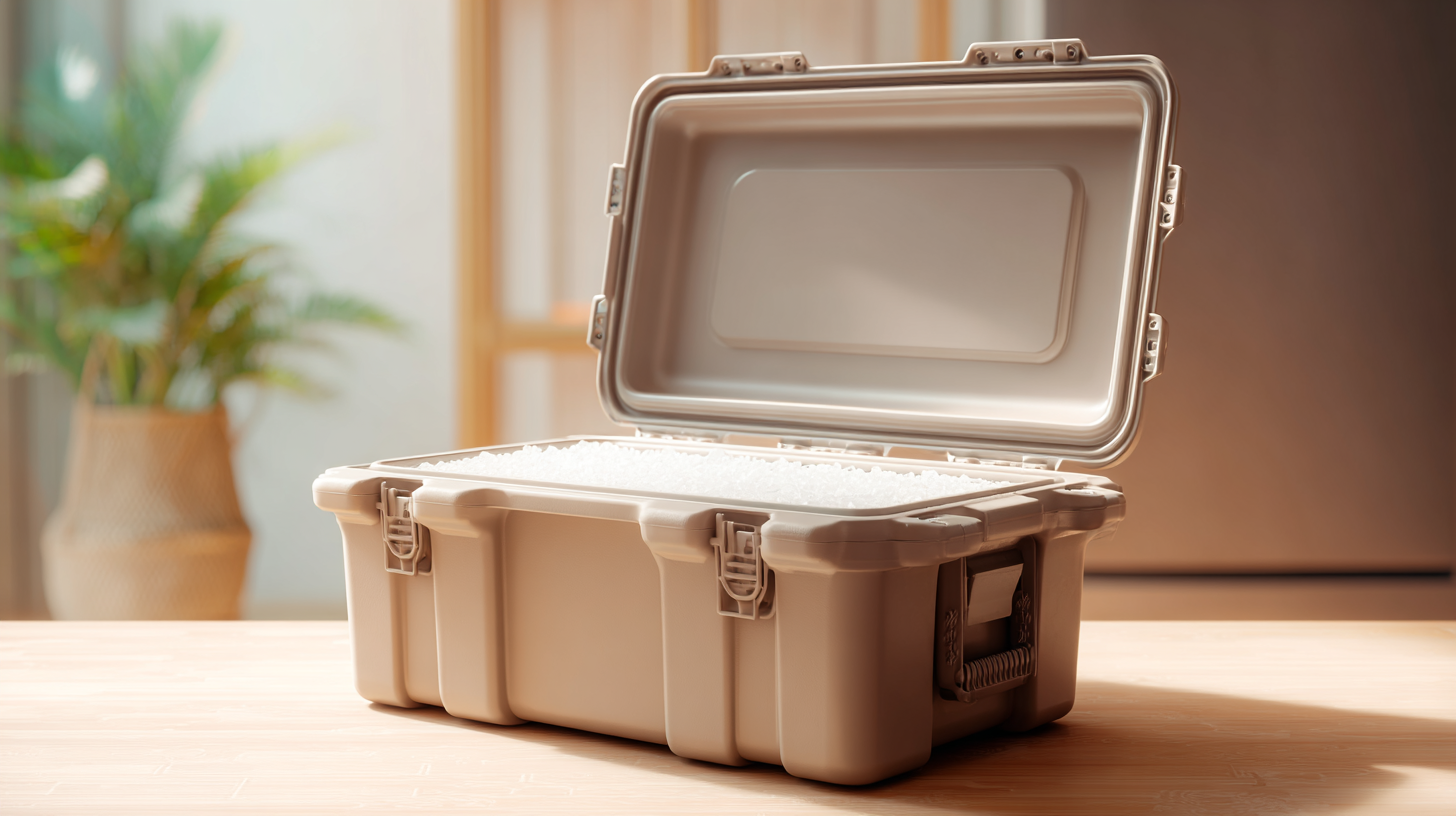
Whether you are a small local restaurant or a large-scale food service provider, selecting the right insulated box is crucial to your operational success. This ultimate guide will delve into essential tips and considerations for choosing the ideal insulated box that aligns with your specific delivery needs.
From understanding different insulation materials, evaluating size and capacity, to assessing durability and ease of use, we will equip you with the knowledge necessary to make an informed decision.
Elevate your food delivery service by ensuring that every meal arrives fresh and perfectly intact, thanks to the right insulated box.
Understanding the Different Types of Insulated Boxes for Food Delivery
When selecting an insulated box for your food delivery service, it’s essential to understand the different types available in the market. Each type boasts unique features designed to maintain food temperature and ensure safe delivery.
For instance, foam insulated boxes are lightweight and economical, making them a popular choice for short-distance deliveries. They provide effective insulation due to their dense structure, keeping hot foods hot and cold foods cold.
On the other hand, hard-sided insulated boxes offer superior durability and are ideal for long-distance transportation. These boxes often come with advanced insulation technology, such as vacuum-sealed layers, which effectively reduce heat transfer. Additionally, soft-sided insulated bags are a versatile option, providing flexibility and convenience for deliveries that require frequent access.
They are especially beneficial for drivers who need to pack food quickly and keep it warm during transit. With these varied options, understanding the specific needs of your delivery service will help you choose the right insulated box to guarantee food safety and quality.
Key Features to Look for in an Insulated Box
When selecting the right insulated box for your food delivery service, several key features should be considered to ensure freshness and temperature control. According to a recent report by the Food Marketing Institute, about 60% of consumers expect their food to arrive at the correct temperature, with 85% of them claiming that temperature significantly influences their purchase decisions. Therefore, the insulation material and thickness play a pivotal role. Look for boxes that utilize high-performance insulation like expanded polystyrene (EPS) or polyurethane, which can maintain the desired temperature for extended periods.
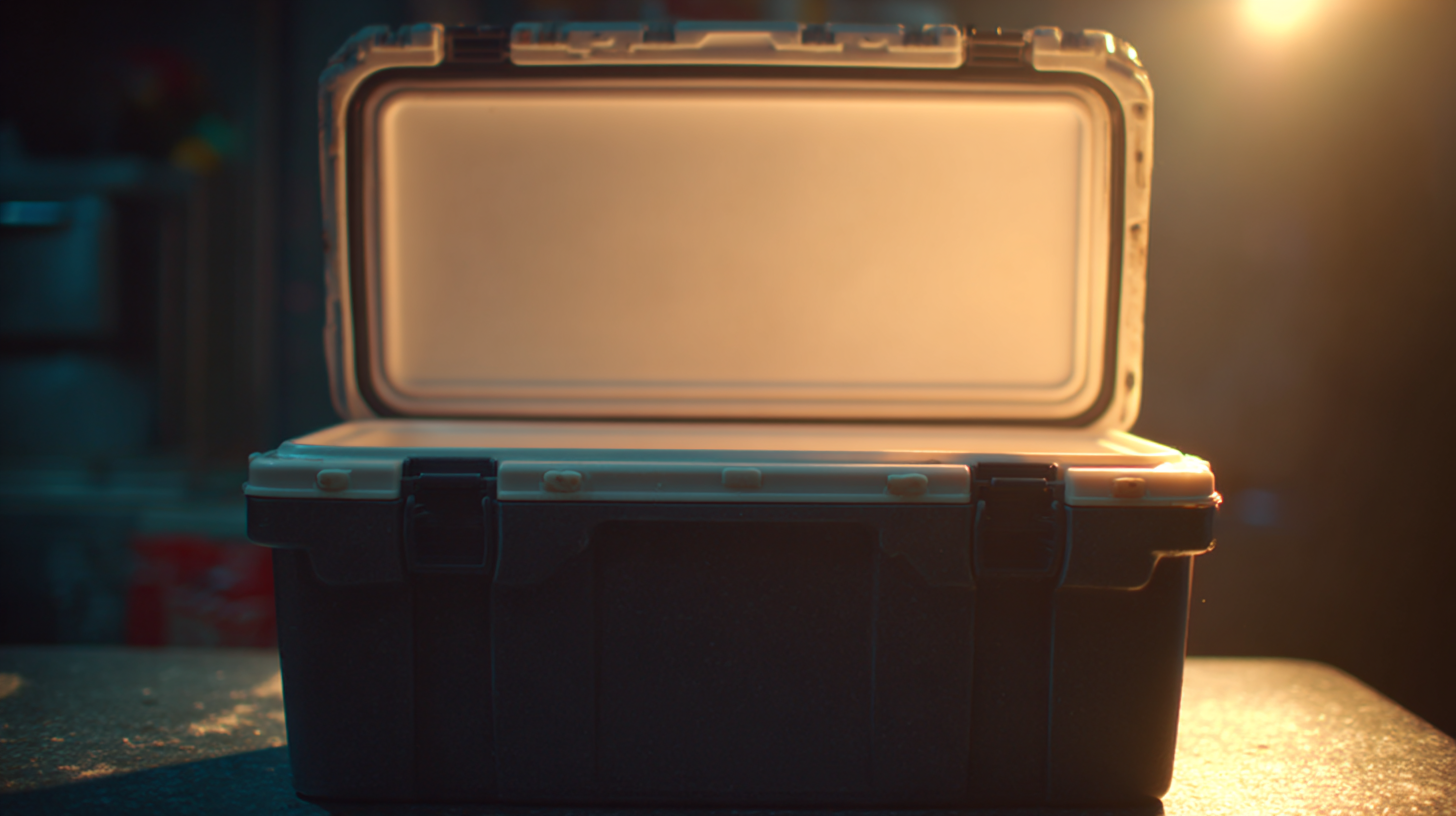
Another critical feature to examine is the design and durability of the insulated box. Research indicates that damaged packaging accounts for 20% of temperature control failures during delivery, leading to potential food spoilage. Choose boxes that are made from robust materials, like high-quality plastic or reinforced cardboard, to withstand the rigors of transportation while also being easy to clean and sanitize. Additionally, consider options with secure closures and easy handling features, which can enhance operational efficiency and customer satisfaction. By focusing on these essential characteristics, you can significantly improve the reliability of your food delivery service.
Comparing Material Options: Foam, Plastic, and Cardboard
When it comes to selecting the right insulated box for your food delivery service, comparing material options is crucial. Foam, plastic, and cardboard are the three most common choices, each with its own benefits and drawbacks. Foam insulated boxes are lightweight and provide excellent thermal insulation, making them ideal for maintaining temperature over longer durations. However, they may not be as environmentally friendly, which is an important factor for many businesses today.
Plastic insulated boxes offer durability and can be reused many times, which makes them a sustainable choice. They are also resistant to moisture and chemicals, ensuring a longer lifespan with minimal maintenance. On the downside, the upfront cost may be higher than other materials. For businesses on a budget, cardboard boxes can be an appealing option. They are affordable, easily recyclable, and can be customized for branding. However, they may not hold temperature as effectively as foam or plastic, especially in extreme weather conditions.
Tips: When selecting your insulated box, consider your delivery timeframes and expected temperature duration. If you’re delivering hot meals, foam boxes may be best; for cold items, plastic could be the answer. Always evaluate the environmental impact of your choice to align with your brand values.
Comparison of Insulated Box Materials for Food Delivery Services
Determining the Right Size for Your Food Delivery Needs
When selecting the right insulated box for your food delivery service, determining the right size is crucial for maintaining food safety and quality. According to a report by the Food and Drug Administration (FDA), food temperature must be managed carefully, especially during transport. Insulated boxes should be capable of fitting the quantity and type of food you're delivering without overcrowding, as this can lead to uneven cooling and potential spoilage. A study by the National Restaurant Association indicates that nearly 70% of food delivery failures are due to improper temperature control, underscoring the importance of choosing an adequately sized insulated box.
For optimum performance, the box should be sized according to your typical delivery order volumes. A recent industry analysis suggests that insulated boxes ranging between 15 to 40 liters are ideal for small to medium-sized orders, accommodating everything from single meals to larger family-style packages. If your service frequently transports bulk orders, considering boxes in the 45 to 70 liters range may be more appropriate. By ensuring the size of your insulated boxes aligns with your delivery needs, you can enhance operational efficiency while preserving food integrity during transit.
Cost vs. Quality: Finding the Best Value in Insulated Boxes
When selecting insulated boxes for a food delivery service, the balance between cost and quality is crucial. According to a report by Food Quality Assurance, nearly 60% of food delivery businesses prioritize temperature control in their packaging solutions, which directly impacts food safety and customer satisfaction. Investing in high-quality insulated boxes often results in better thermal efficiency, meaning the food remains at the required temperature for a longer duration. This can reduce the risk of spoilage and enhance the overall dining experience, thus potentially increasing repeat customer rates.
However, cost considerations cannot be overlooked. A survey by Packing Digest indicated that 40% of small food delivery companies struggle with budget constraints while trying to maintain quality. Thus, finding insulated boxes that provide the best value means assessing not just the initial purchase price, but also long-term benefits like durability and thermal performance. Products with higher insulation ratings, although they might come at a premium, could lead to cost savings in wasted food and enhanced brand loyalty, making them a wise investment for food delivery services aiming to thrive in a competitive market.
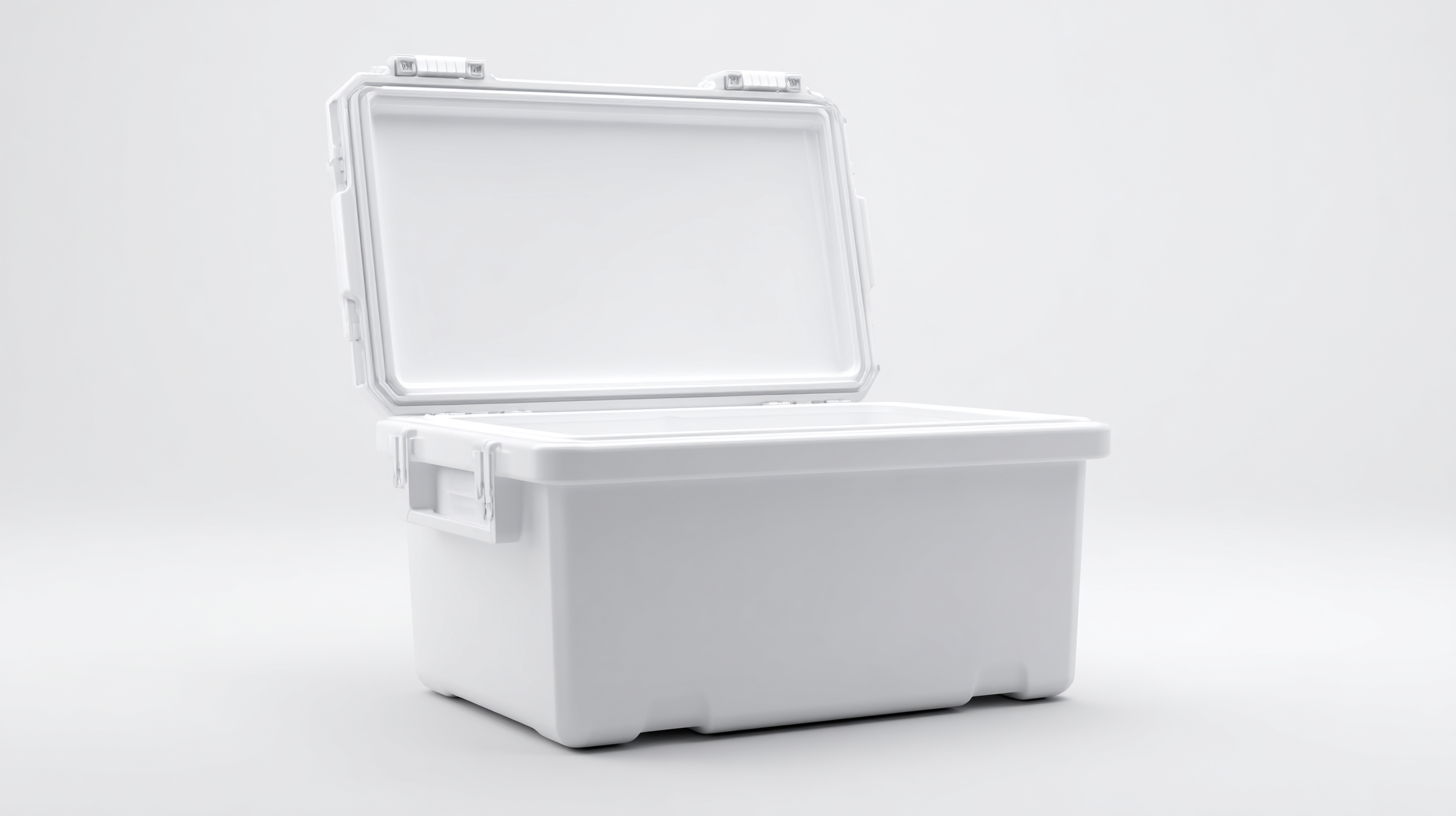
Related Posts
-

7 Essential Tips for Choosing the Best Insulated Shipping Boxes for Your Business
-
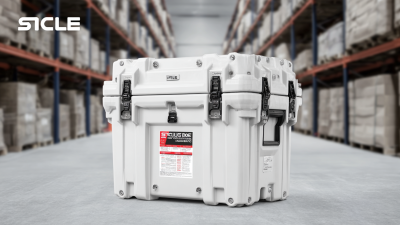
How to Choose the Best Shipping Cooler Box for Your Business Needs
-

Maximize Your Business Potential with Styrofoam Shipping Coolers at the Record Breaking Canton Fair 2025
-
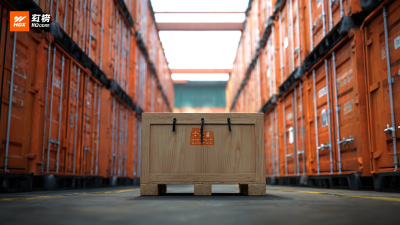
Discover the Power of Chinese Manufacturing with Best Custom Insulated Boxes for Global Buyers
-

10 Innovative Insulated Foam Cooler Designs To Keep Your Beverages Cold For Up To 36 Hours
-
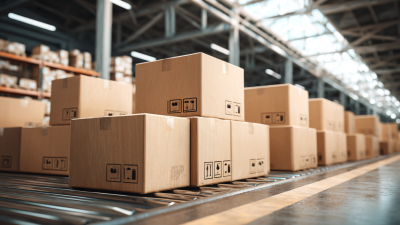
Transforming Logistic Efficiency: The Role of Insulated Shipping Boxes in the 2025 China Import and Export Fair






